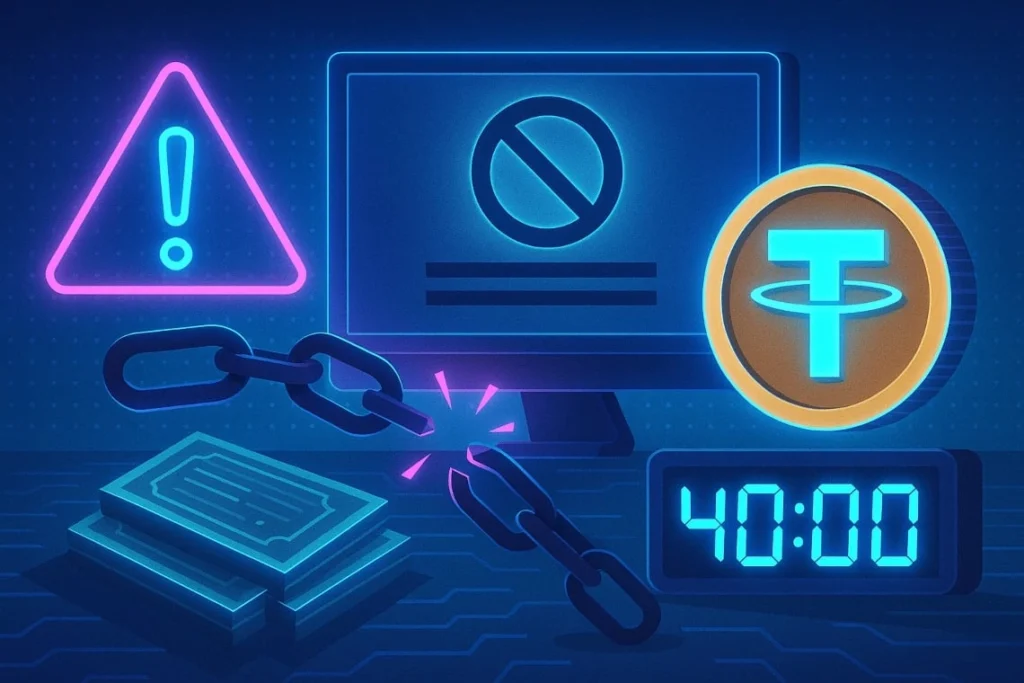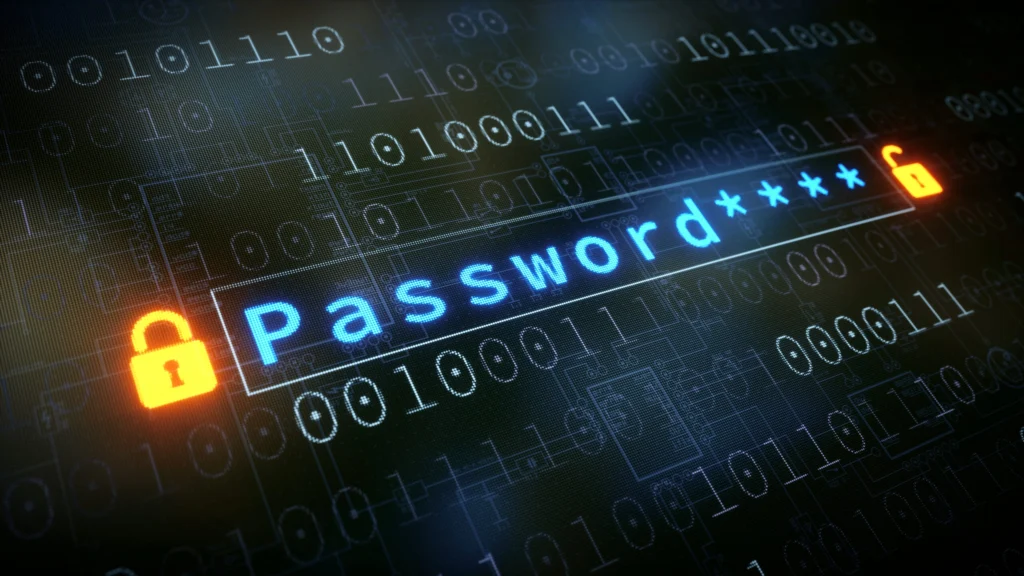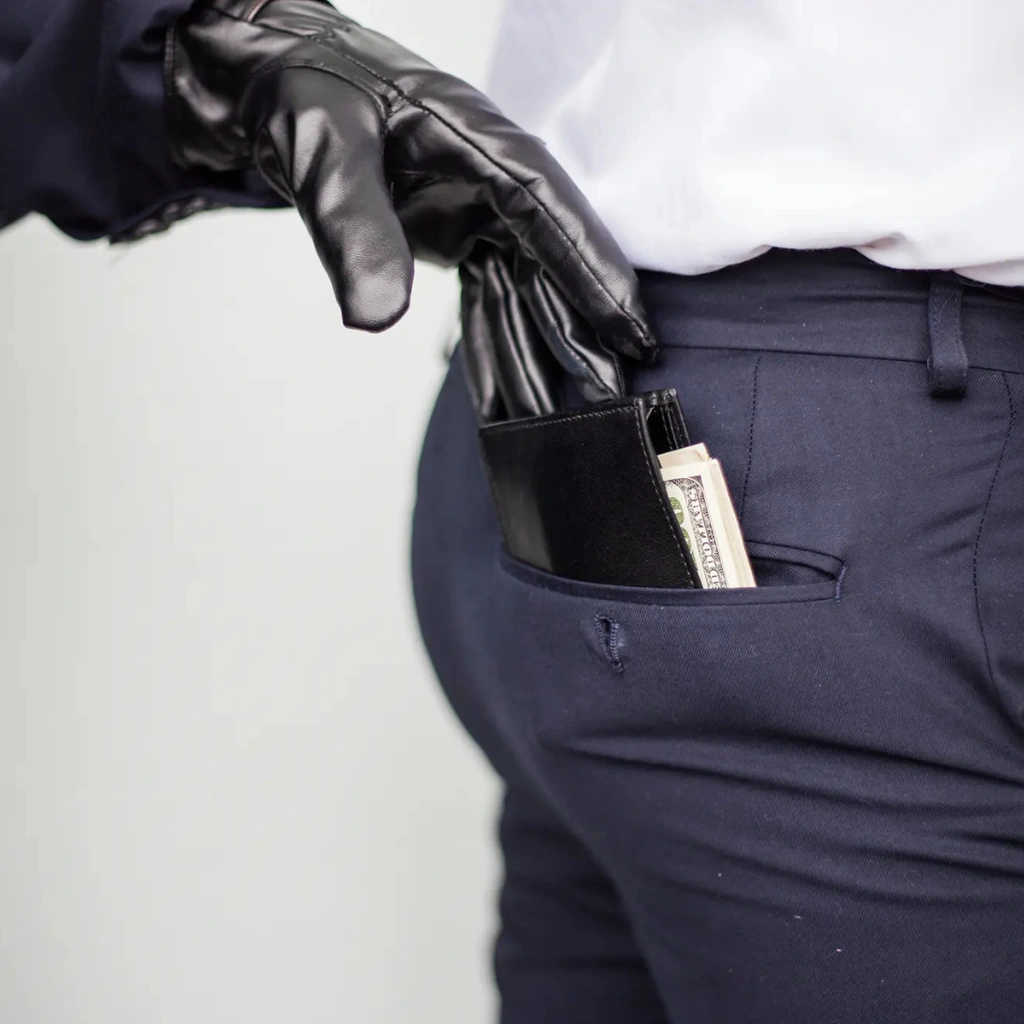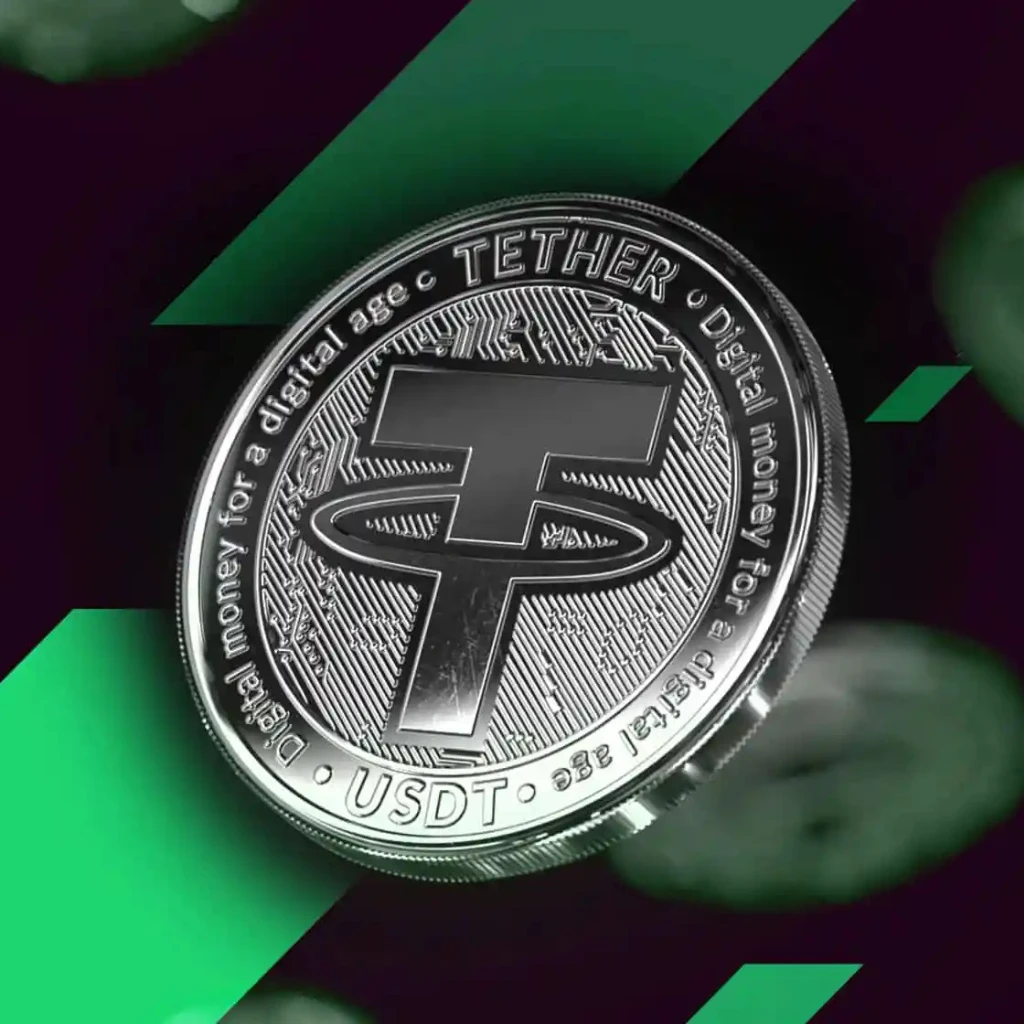Let’s bust a big one right away: “If I’m careful, I won’t get hacked.”
That sounds comforting—but in reality? Not quite. Wallet hack response isn’t just for careless users. It’s for anyone who’s ever used a digital wallet, whether for crypto, online payments, or even loyalty points.
Because let’s face it—hacks happen. Phishing schemes get smarter. Malware evolves. And even if you’re doing “everything right,” your wallet can still get drained before you notice anything’s off. So, time to separate fact from fiction.
Myth #1: I’ll Just Reset My Password and Be Fine
Nope. That’s… wishful thinking.
In real wallet hack response scenarios, speed is everything.
If your wallet’s compromised, resetting your password might help—if you’re lucky. But usually, the damage is already done. Funds can move in seconds. So what should you actually do?
Step one: freeze the problem.
Log out, revoke app permissions, and contact your wallet provider or exchange ASAP. Use a secure device if possible—not the one you suspect might be infected. And yes, change your password, but don’t stop there.
Enable 2FA (if you haven’t already), and switch to app-based authentication—not SMS. It’s a little annoying, sure. But hacks are more annoying.

Myth #2: There’s No Point Reporting a Wallet Hack
This one’s common… and dangerous.
A lot of people assume it’s pointless to report a hack, especially if crypto’s involved. “The money’s gone—what’s the use?” But here’s the thing—wallet hack response is partly about visibility.
Platforms like Chainabuse or even local law enforcement might not get your money back, but:
- They can blacklist flagged wallets.
- They build data profiles on repeat attackers.
- You might help someone else avoid the same fate.
And if there’s identity theft involved? Having a paper trail could save you later. So don’t skip this step just because it feels futile.

Myth #3: A Hardware Wallet Makes Me Invincible
Almost—but not quite.
Hardware wallets are great. Highly recommended. But they don’t make you bulletproof. Why? Because social engineering still works. If someone tricks you into confirming a transaction, your fancy offline device won’t stop them.
So yes—use a hardware wallet for long-term storage. But also:
- Educate yourself on phishing tricks.
- Don’t click links from “support” DMs.
- Triple-check addresses before you send funds.


Some say paranoia is bad… but in this case? A little bit goes a long way.
Myth #4: Wallet Hack Response Is Just a Checklist
Let’s be honest—it’s more than that.
Yes, there is a list of immediate actions (lock account, change passwords, report, etc). But wallet hack response is also about mindset. It’s about learning from what happened and building better habits.
Consider these:
- Run full malware scans regularly
- Don’t reuse passwords (you know better)
- Segment your assets—not everything needs to live in one wallet
- Review your permissions once a month


And maybe—just maybe—back off from clicking every “new DeFi project” link that pops up in your inbox.
Final Thoughts: The Biggest Wallet Hack Myth? Thinking It Won’t Happen to You
Here’s the truth nobody wants to hear: if you use digital wallets, you’re already a potential target. It’s not personal—it’s just math.
But the good news? Wallet hack response doesn’t have to be overwhelming. Once you cut through the myths and get real about the risks, you can actually do a lot to protect yourself.
So no—being careful isn’t enough. Being prepared is.
Relevant news: here




